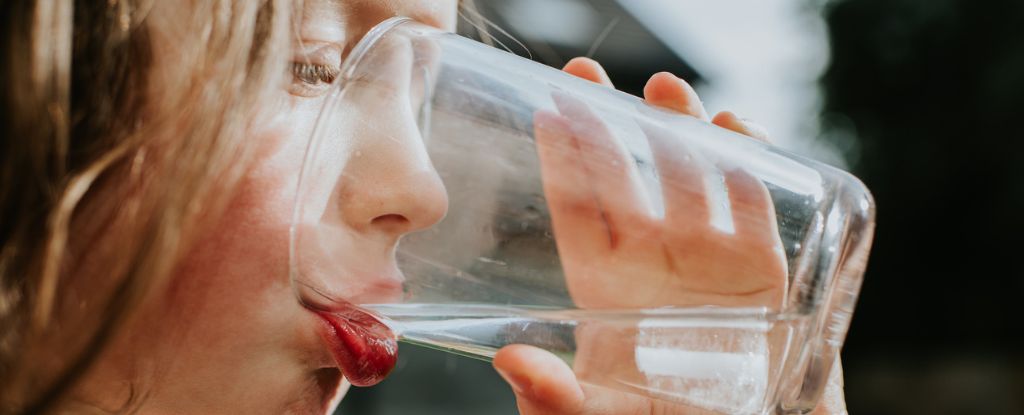A recent review published in Science of the Total Environment highlights that microplastics persist in drinking water despite improvements in wastewater treatment technologies. These tiny plastic fragments—originating from everyday items like clothing, utensils, and personal care products—are extremely durable and widely found in the environment, including soil, water, and even the human body. The review, led by researchers at the University of Texas at Arlington, found that while wastewater treatment plants do remove a significant amount of microplastics, current methods are unable to eliminate them entirely. As a result, microplastics, often carrying other toxic pollutants like PFAS and antibiotics, continue to re-enter ecosystems and drinking water supplies.
This persistent exposure raises serious concerns about long-term health impacts, including cardiovascular disease, immune responses, and cancer. The study also points out a lack of standard definitions and measurement methods for microplastics, making it difficult to track and control their presence effectively. Researchers stress the need for standardized testing and stronger regulation, while urging consumers to reduce their own exposure—such as by choosing less synthetic clothing, since microfibers are a major source of plastic pollution. Overall, the review underscores the growing environmental and public health threat posed by microplastics and the urgent need for systemic solutions.

I have heard people talking about this topic, very interesting. It sounds like a change is coming to try to limit this concern.
ReplyDeleteHey Kazi, I also have been hearing a lot more about microplastics in drinking water which is honestly scary. It's very concerning that even with modern wastewater treatment, microplastics still stick around in the water. I can only imagine the impact this will have on our health eventually. I hope that scientists can figure out a way to clear them out of our water really soon.
ReplyDelete